Latest Articles
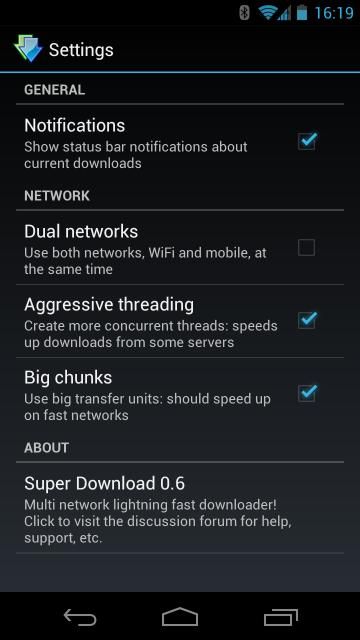
Whenever a download occurs on an Android device, the devices either uses their mobile data or WiFi connections to get the job done. Unfortunately, however, most devices use only one connection to download a single file. Recently, an application was released that allows users to take advantage of all connected networks in order to download a file. Aside from being really cool, it also means faster downloads.
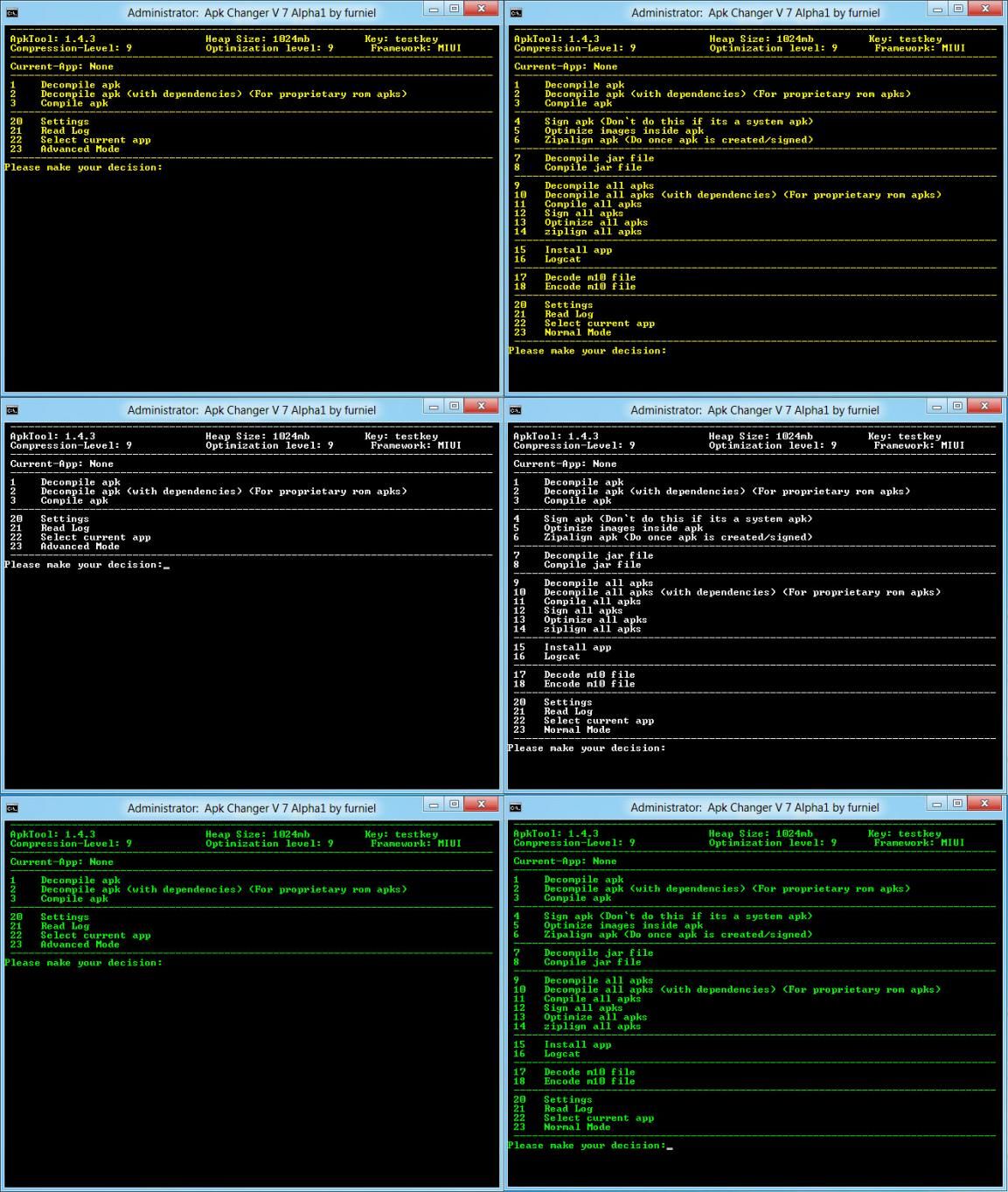
Apparently, it's the season of updating. We've already brought you news of APKTool receiving regular updates again and a massive update for Virtual Virtuous Ten Studios. So to keep with the trend, another apk altering tool has come back from the grave with a whole host of new updates. This time, it's APK Changer, a year-old apk modifying app that's gotten some new updates.

Back in June, we brought you news that the Dolphin Browser was was getting a new engine promising major advances in browser technology. Among those changes were:

Having a corrupt IMEI can be a real pain. It seems to happen randomly to flashaholics, and having the radio go down on a cell phone really defeats the purpose of owning a cell phone. Thankfully it is not problem that is overly common. Unfortunately, it does still happen. For AT&T Samsung Galaxy S III users, and in some cases users of the other US Galaxy S III variants, there are not one, but two ways to prevent this problem. There is now a tool that will back up your IMEI without much difficulty and a manual guide for those who prefer to dive into the nitty gritty.

Undervolting is one of the more popular changes made when trying to improve battery life. Decreasing the processor's voltage means that less power is consumed, and that translates to better battery life. Typically, users have to wait for a kernel developer to include the feature in a kernel before they can use it. However, that's not the case with the HTC Sensation, as there is now a tool that adds undervolting to any kernel.
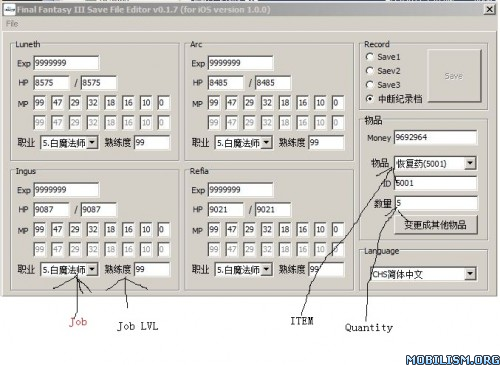
One of the largest video game franchises in gaming history has made its mobile debut on Android with Square Enix's re-release of the classic Final Fantasy III. For those who are unaware, the game was originally released in 1990 for Japanese consoles only. The game wouldn't make it's US debut until it was released for the Nintendo DS in 2006. Now, Square Enix has chosen it to be their first Final Fantasy release on Android. Of course, with video game releases come ways to cheat. In the past, we've brought you a way around bad drawing partners in Draw Something and a cheat engine that works on most games.

When it comes to compiling and decompiling ROMs, many chefs don't have the biggest assortment of tools available. When devs need to grab some apk files and edit them, they have to extract the proper files and use a tool to decompile them. When this needs to be done over and over again, as in a properly supported ROM that isn't built from source, the task can become quite tedious. That said, there is now a tool that'll take apk files out of ROMs and decompile them all in one step.
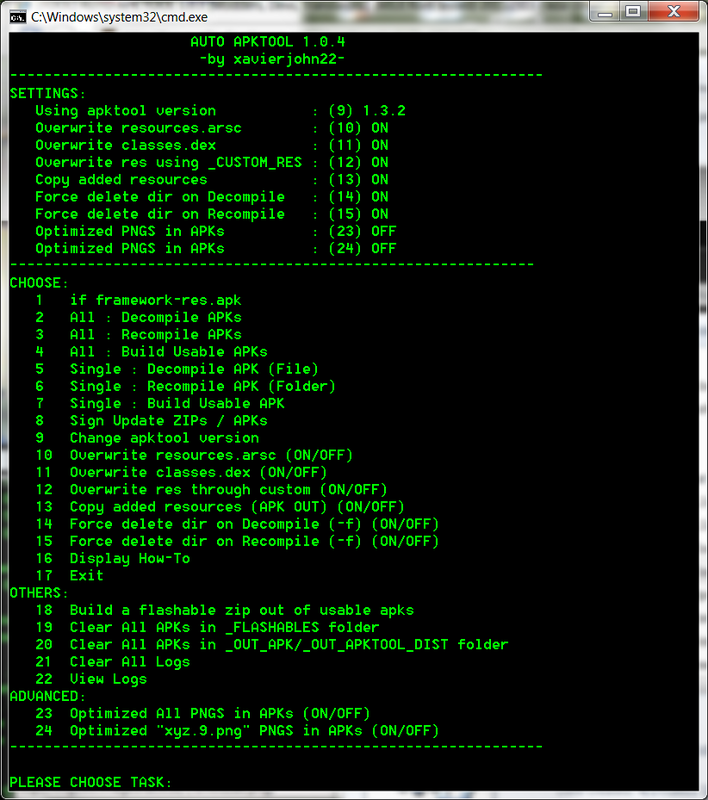
APKTool is one of the staple applications used by developers, themers, tinkerers, and modders alike. It allows users to reverse engineer closed source applications. Once done, the application can be modified or themed, and APKTool re-compiles it for use once again. However, support for APKTool seems to have ceased some time ago, leaving users to either use the old one or update it themselves to fix errors.

There are many reasons why someone would need to go back to stock. They may need to return a device for replacement, they might want to install an OTA, or they may have rooted their device and broken a necessary feature. Whatever it may be, a good guide to return to unrooted stock can be almost as important as the root guide for certain users. There is now a return-to-stock guide for the ASUS Transformer TF300T that works and isn't very difficult to follow.
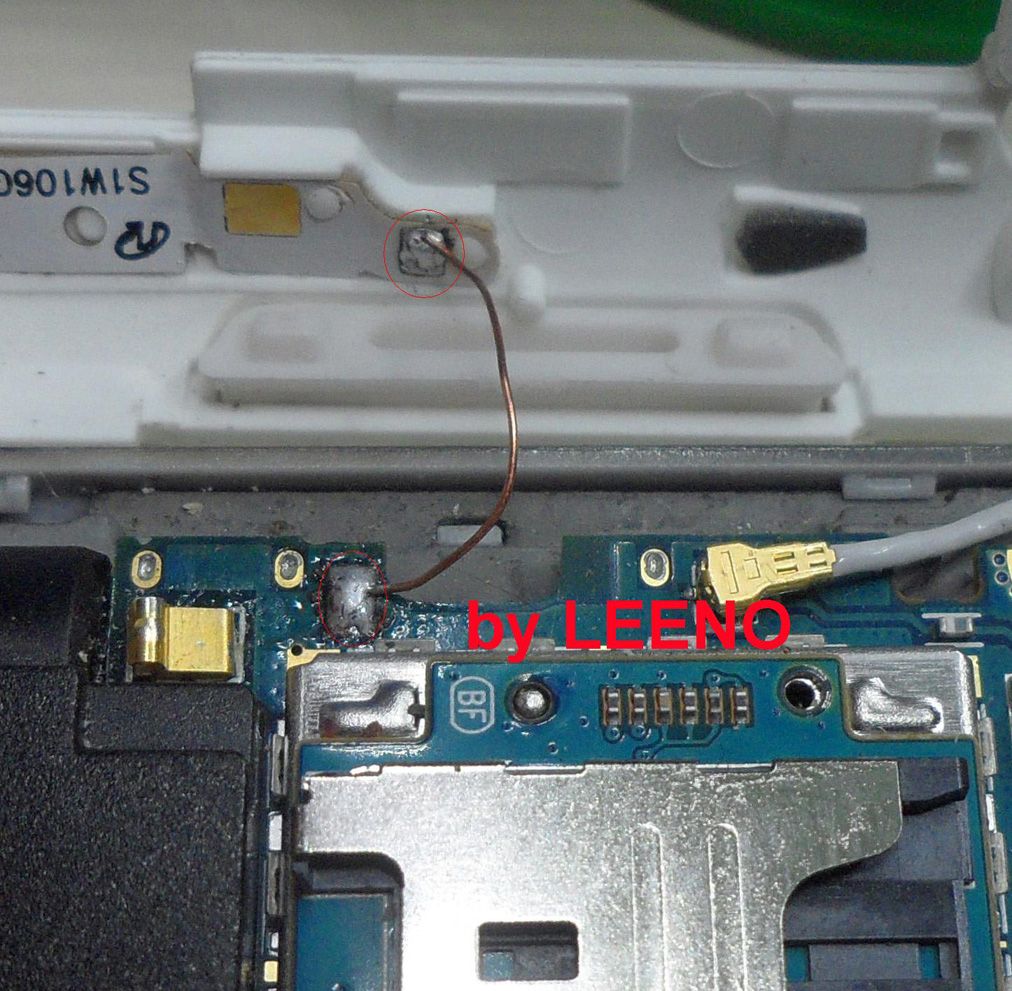
Over the last few months, we brought you news of the ASUS Transformer Prime tear down that brought a GPS fix and HTC One X hardware issue that weakens WiFi signal. Both of these hardware problems have hardware fixes, albeit at the risk of seriously damaging a device. No pain, no gain right?
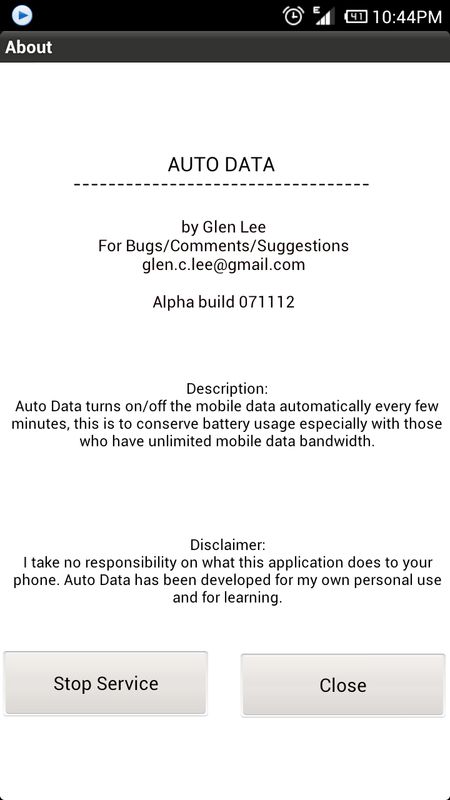
The never ending fight to obtain better battery life has taken users down some unique roads---everything from custom schedulers and underclocking / undervolting the CPU, down to lowering the screen brightness and using task managers. One popular way to get better battery life is to turn off Mobile Data. It does work, but it also leaves users with the problem of having no data unless they're around a WiFi connection.
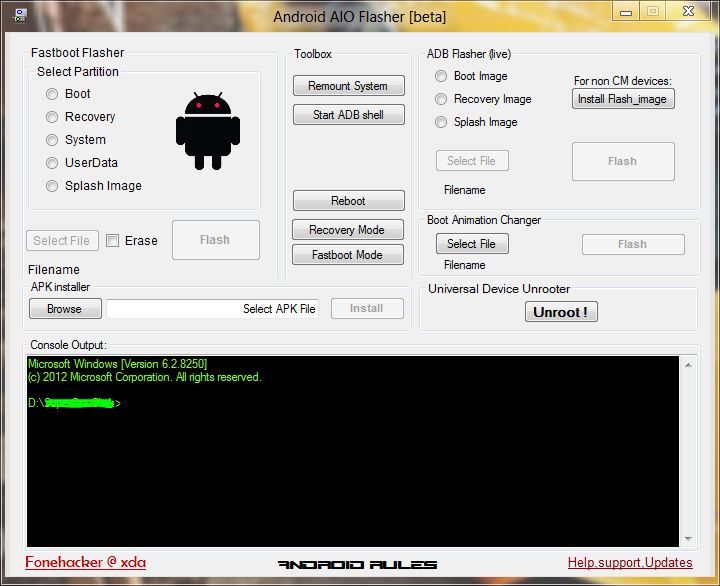
Two command line tools that practically all rooted Android users have to use at some point are ADB (Android Debug Bridge) and Fastboot. These are tools found in the Android SDK, and allow users to push or pull all kinds of information, files, and other content to and from Android devices. Common uses for these tools include flashing a custom recovery or rooting a device. Unfortunately, not everyone is as good with ADB or Fastboot as they'd like to be, and one of the most common errors is entering commands incorrectly or simply forgetting them. In the words of a certain unworthy opponent, there's now an app for that.
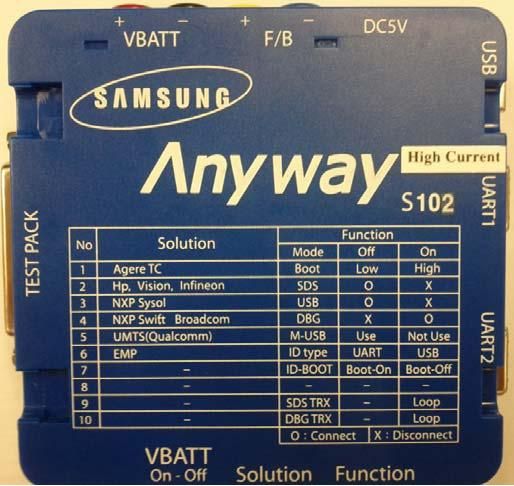
Samsung jigs have existed for quite some time, and have a number of uses. The most popular of which is the Download Mode jig, which is configured in such a way that, when plugged into a Samsung phone, it forces the phone into Download Mode. This is a popular way to fix certain types of bricked devices, when other methods fail to power them on.
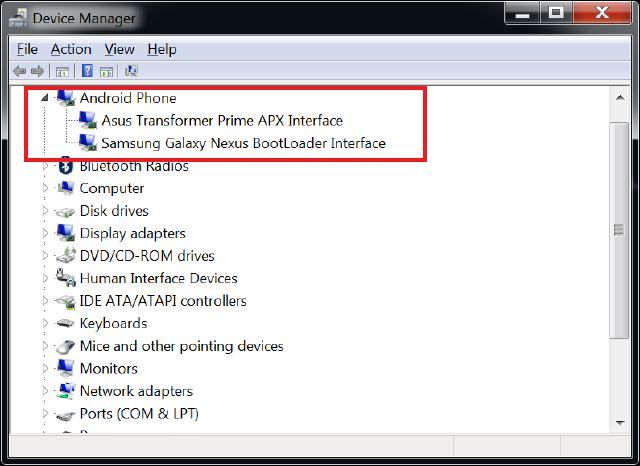
One of the many steps in doing almost anything with any Android device on a Windows PC is making sure that the device drivers are installed. Usually, this requires installing a proprietary, OEM-specific application. This can be time consuming, especially for users or developers who have multiple devices. Sometimes, it can be downright annoying, as many root methods and other processes require that these applications be uninstalled anyway. What if there were a set of drivers without the hassle of installing program after program? Well, there actually is.
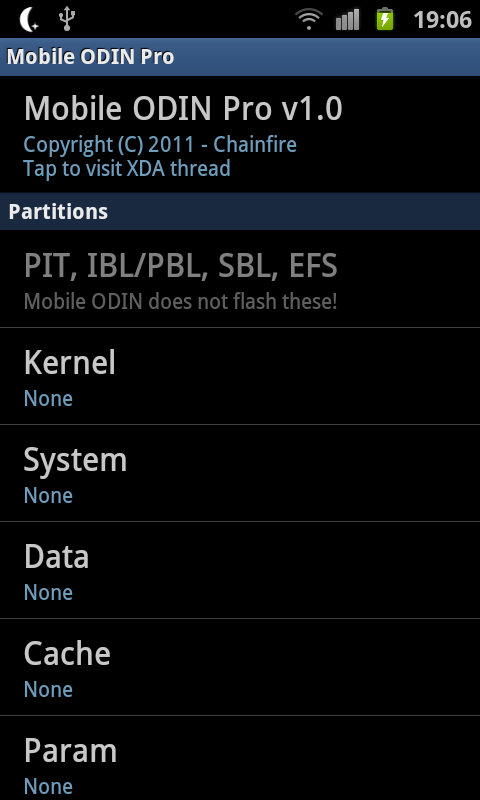
The last time we brought you news of Mobile Odin, it was to deliver the good news that more---and newer---devices were supported. Developed by XDA Elite Recognized Developer and Senior Moderator Chainfire, the firmware flasher was developed to give users an on-device option for flashing Samsung firmware. Typically, users would depend on the PC application Odin or the cross-platform application Heimdall by XDA Recognized Developer Benjamin Dobell to flash firmware.

Not too long ago, we brought you news of a basic kernel kitchen that gave users the opportunity to apply a few very minor modifications to kernels. The next logical step is, of course, compiling a kernel from source.

Installing a custom launcher on an Android device is much like shopping for a new car. There's a lot of features to compare, a lot of styles to see, and some may prefer one brand over another. In most cases, this is no big deal, as most custom launchers are available in the Google Play Store. There are a few cases where this isn't the case, and users must wait for a launcher to be ripped and re-released. One such launcher is the LG 3.0 Launcher.

Here at XDA we promote information sharing and development. Another thing we encourage is learning how to develop. With currently running XDA TV segments for building your own Android app and awesome tips for using your Android device, we've been working at accomplishing this However, many still learn best through written tutorials. There are tutorials out there to help users with practically everything from theming and scripting, all the way to ROM development and compiling. One big issue, though, is finding those tutorials.
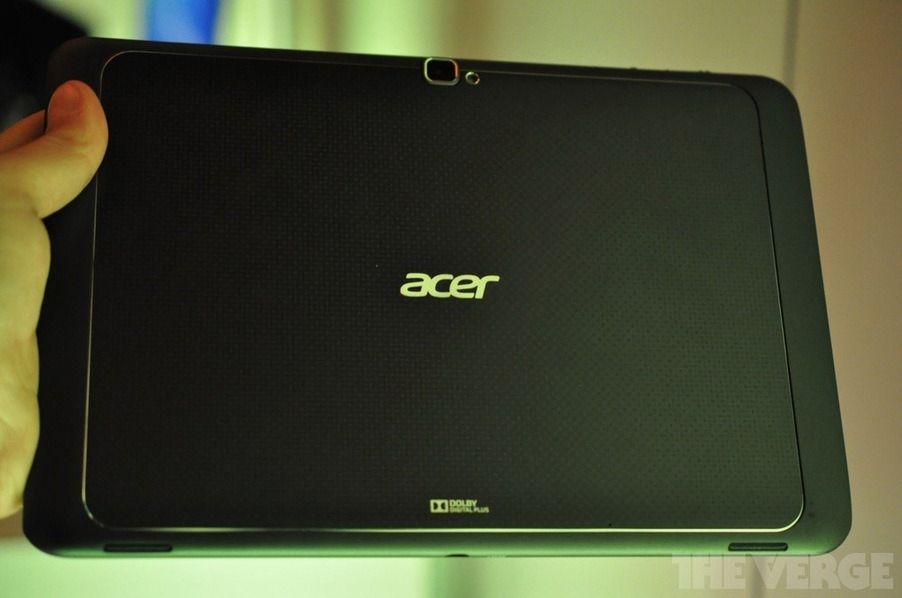
Upon the release of a new device, a mission that many developers undertake is to root the device and unlock the bootloader. After this, typically comes a deluge of development in the form of custom ROMs, kernels, and other mods and tweaks. It can be said that the life of a device doesn't truly begin until the warranty has been thoroughly voided. For Acer Iconia A700 and A510 users, that journey can start right now.

We generally encourage those who want to learn how to develop to do so by developing code rather than using kitchens. However, everyone gets started differently. This means that some aspiring developers may want to get their feet wet with something simple, like a ROM kitchen, before actually creating real development work. And much of the same goes for those looking to start learning more about kernels.

